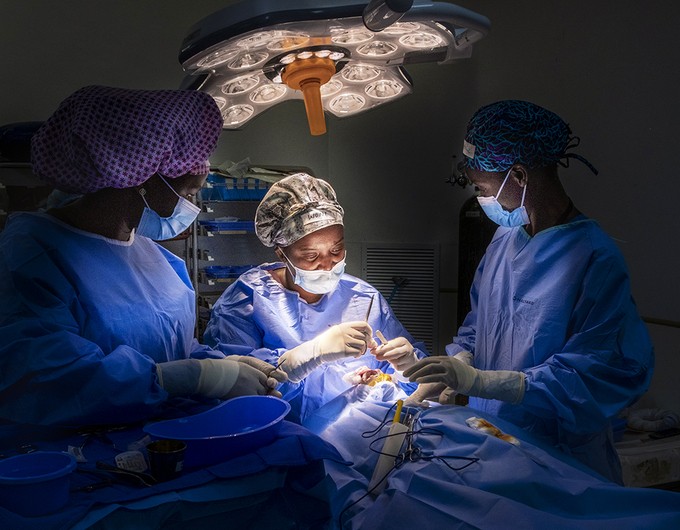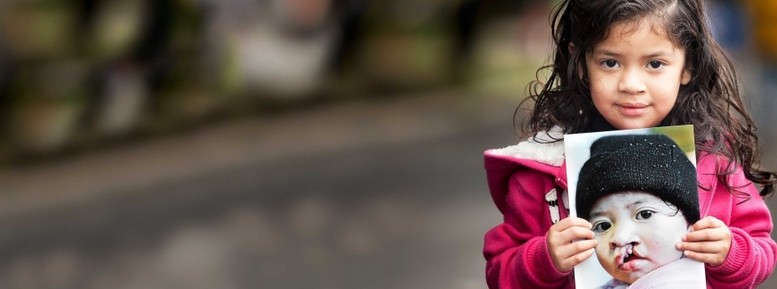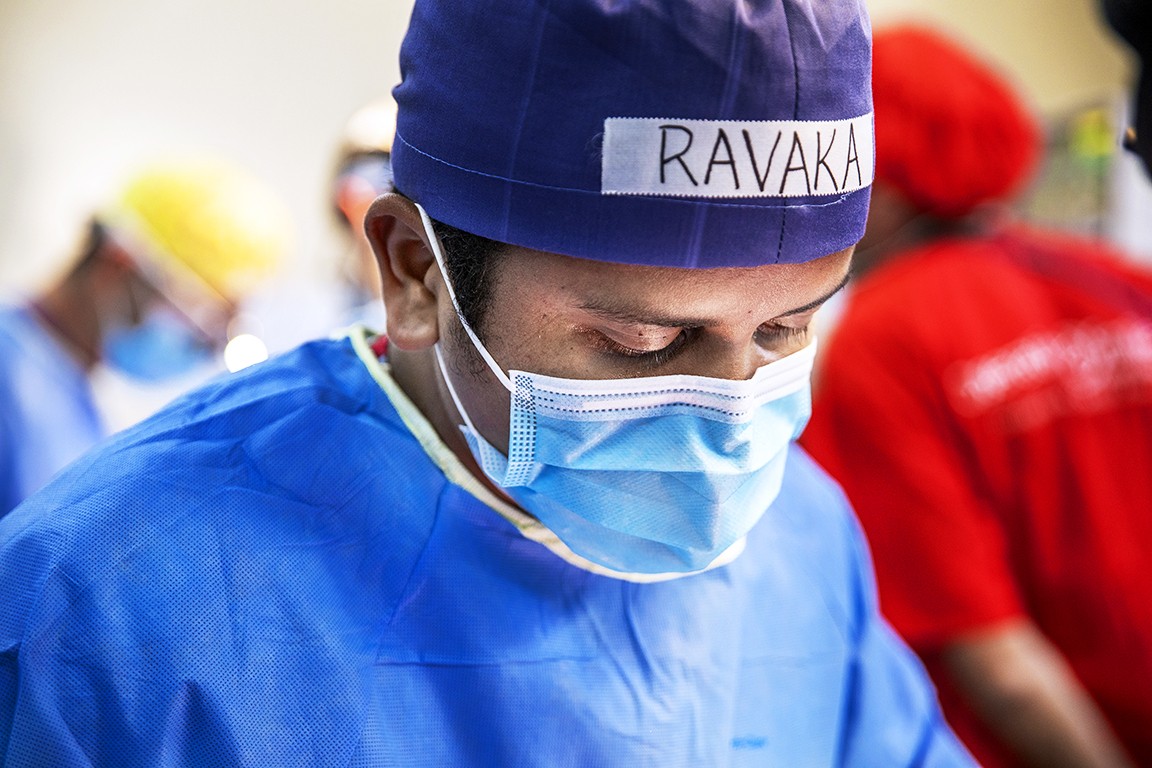
In cleft surgeon Dr. Ravaka Rakotorahalahy’s home country of Madagascar, there are many obstacles that prevent patients from getting the surgery they need and deserve.
Before the country was gripped by COVID-19 lockdowns, one of Ravaka’s last patients he served lived with an untreated cleft lip for 19 years.
In many communities, people may not know that surgery can treat cleft lip and cleft palate. While not an emergency condition, cleft surgery is time-sensitive, and often children suffer long-term speech, nutritional and aesthetic complications if they don't receive surgery early in life. Many people can’t afford to pay for an operation or live very far away from a hospital and lack the means to get there.
Also, some of the most significant barriers to surgical care are the lack of health care workers, trained surgeons and physical infrastructure needed to meet the demands of Malagasy people living with cleft conditions.
That’s why Operation Smile is committed to helping patients and their health systems overcome these daunting challenges so that everyone who needs cleft surgery can receive effective treatment as soon in their lives as possible.
Established in 2017 and funded by Stryker, Operation Smile’s Cleft Surgeon Training Program (CSTP) addresses the fundamental need for more – and more highly trained – surgeons to provide ongoing quality cleft care in their communities.
In addition to rapidly elevating the skills of cleft surgeons in resource-limited settings which lack specialized training opportunities, the program creates a pathway for candidates to become credentialed Operation Smile medical volunteers.
CSTP candidates are paired with mentors – experienced Operation Smile volunteer surgeons – with whom they train during two to three surgical programs per year in their home country.
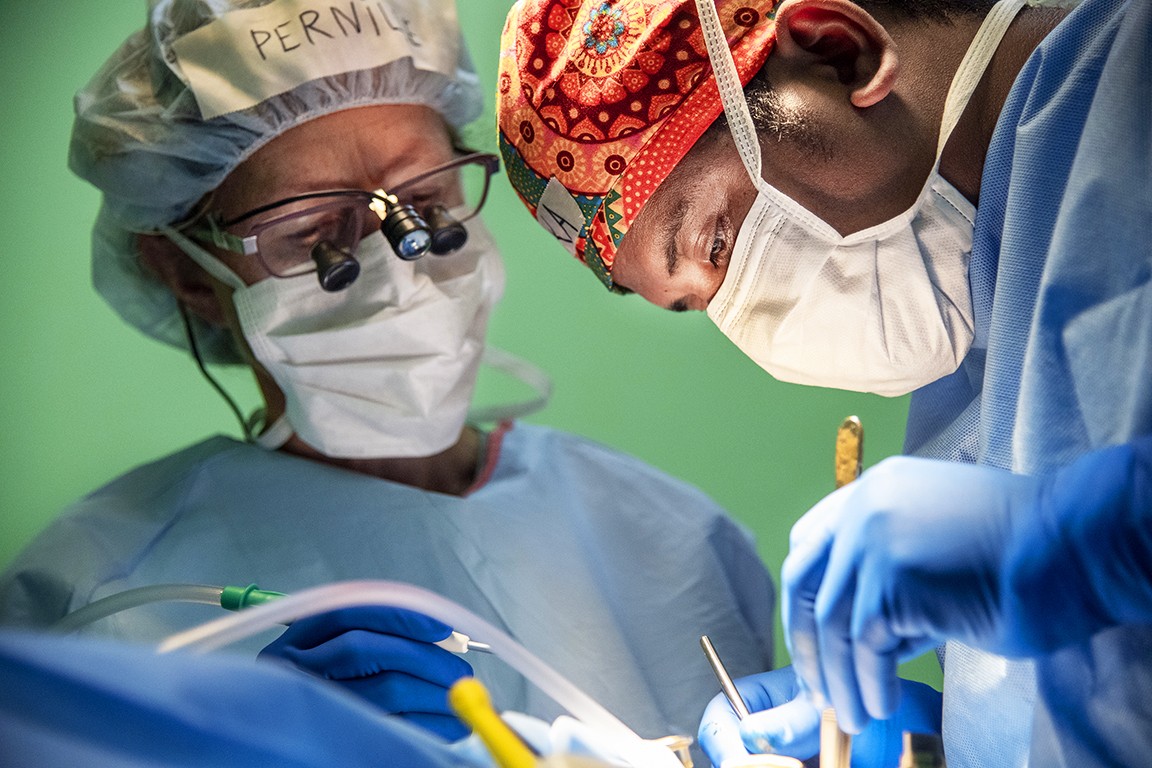
“I quickly discovered that Ravaka had dexterous hands that were precise and steady. His brain was sharp, and he quickly picked up the art of cleft surgery with remarkable attention to detail that cannot be taught. You just have it. And Ravaka had it,” said Dr. David Chong, one of Ravaka's mentors and chair of the CSTP. “Most of all, I noticed Ravaka’s heart. Filled with compassion and kindness, he was incredibly gentle with patients and families. He loved caring for his people. One of the great highlights of my work with Operation Smile has been to see the wonderful cleft surgeon that Ravaka has become and rejoice for what that means for the people of Madagascar.”
So far, the eight graduates of the CSTP have provided more than 300 cleft surgeries in their communities outside of Operation Smile medical programs.
Currently, Operation Smile is preparing for a second cohort of CSTP candidate surgeons to start the program in July 2021. We’re working closely with our teams around the world to identify and designate local educators and partner with local hospitals to provide quality cleft surgery training despite challenges presented by the pandemic.
We recently caught up with Ravaka, a recent CSTP graduate, about his experience in this unique training program and how its empowering him to deliver world-class cleft care in a place of dire need.
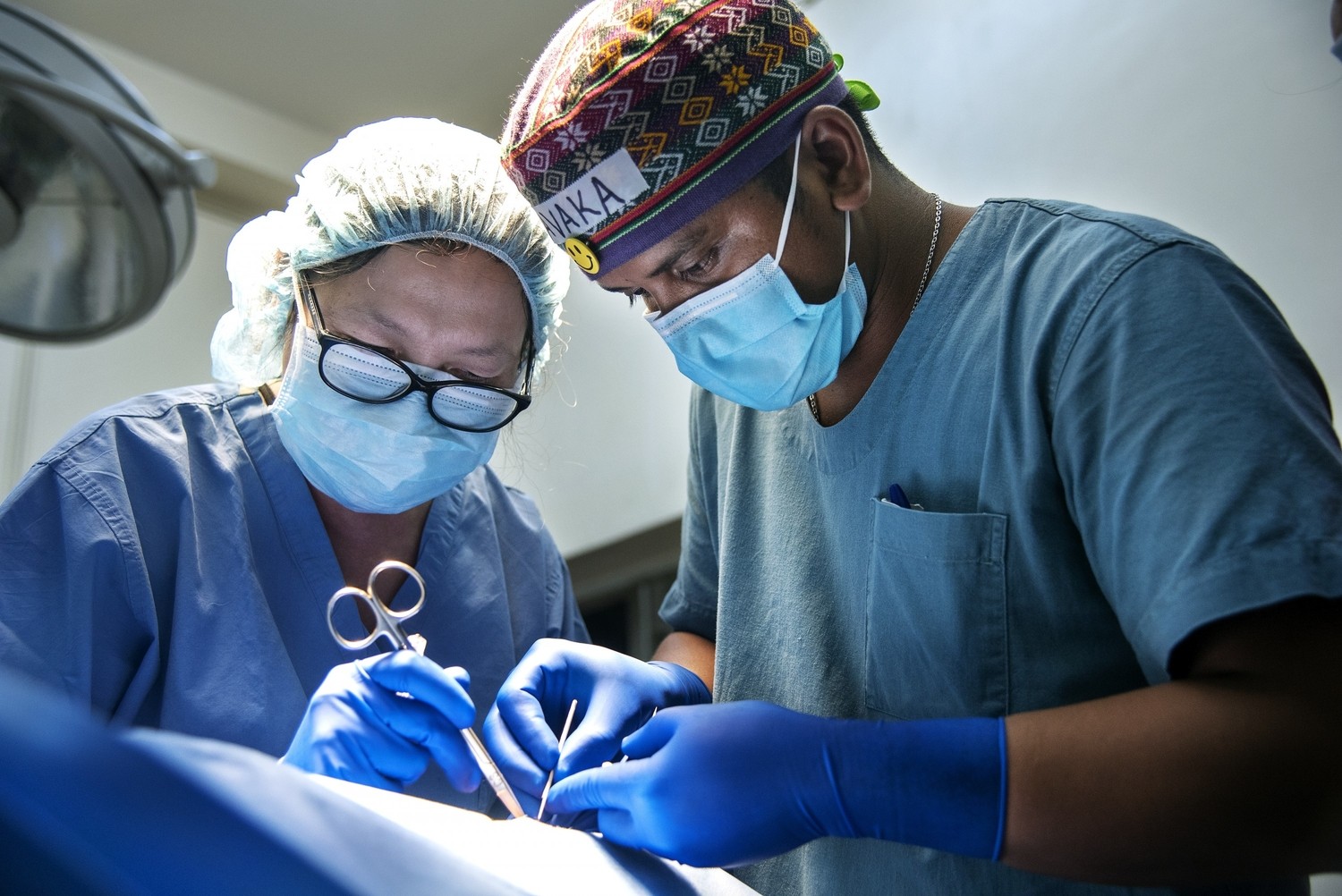
Q: What inspired you to pursue a career in cleft surgery?
A: “Since I was a student, I was a fan of surgery. In general surgery training, I realized that I am quite comfortable in soft surgery. Then, I had the opportunity to learn about Operation Smile when I was in Antsirabe. I participated and loved it so much.”
Q: Could you describe the need for more trained cleft surgeons in Madagascar? What are some of the challenges that young medical professional can face as they pursue the specialty?
A: “In Madagascar, there are many cases of cleft lip and cleft palate, so it is really essential to have more well-trained surgeons in this specialty. There are fewer cleft surgeons in Madagascar because this specialty is not offered during residency. Here, pediatric surgeons and maxillofacial surgeons are trained for cleft lip and cleft palate surgery.”
Q: How did you learn about the opportunity to participate in the CSTP? What were your initial thoughts when you learned about the program?
A: “When I was in Antsirabe as assistant surgeon in the surgery field, Operation Smile carried out a medical mission in our hospital. Then, Dr. Romain Raherison, a pediatric surgeon who already worked with Operation Smile, asked me if I was interested in joining the organization. Without hesitation, I accepted … He introduced me to country manager Mamy Ramamonjisoa, and since then I was there as an observer. After two missions, I was asked to join the CSTP.
“When I was informed about this program, I was really happy to be among the participants. There, I said to myself that I will develop my knowledge, my skills and experiences. Once I am able to operate, I will help my compatriots who suffer from cleft lip and cleft palate.”
Q: Has the CSTP provided you with training and education that you may have otherwise not received?
A: “Certainly, the CSTP provided me an exceptional training and education. Maybe I could access training like that in another country, but I would never have the financial capacity.”
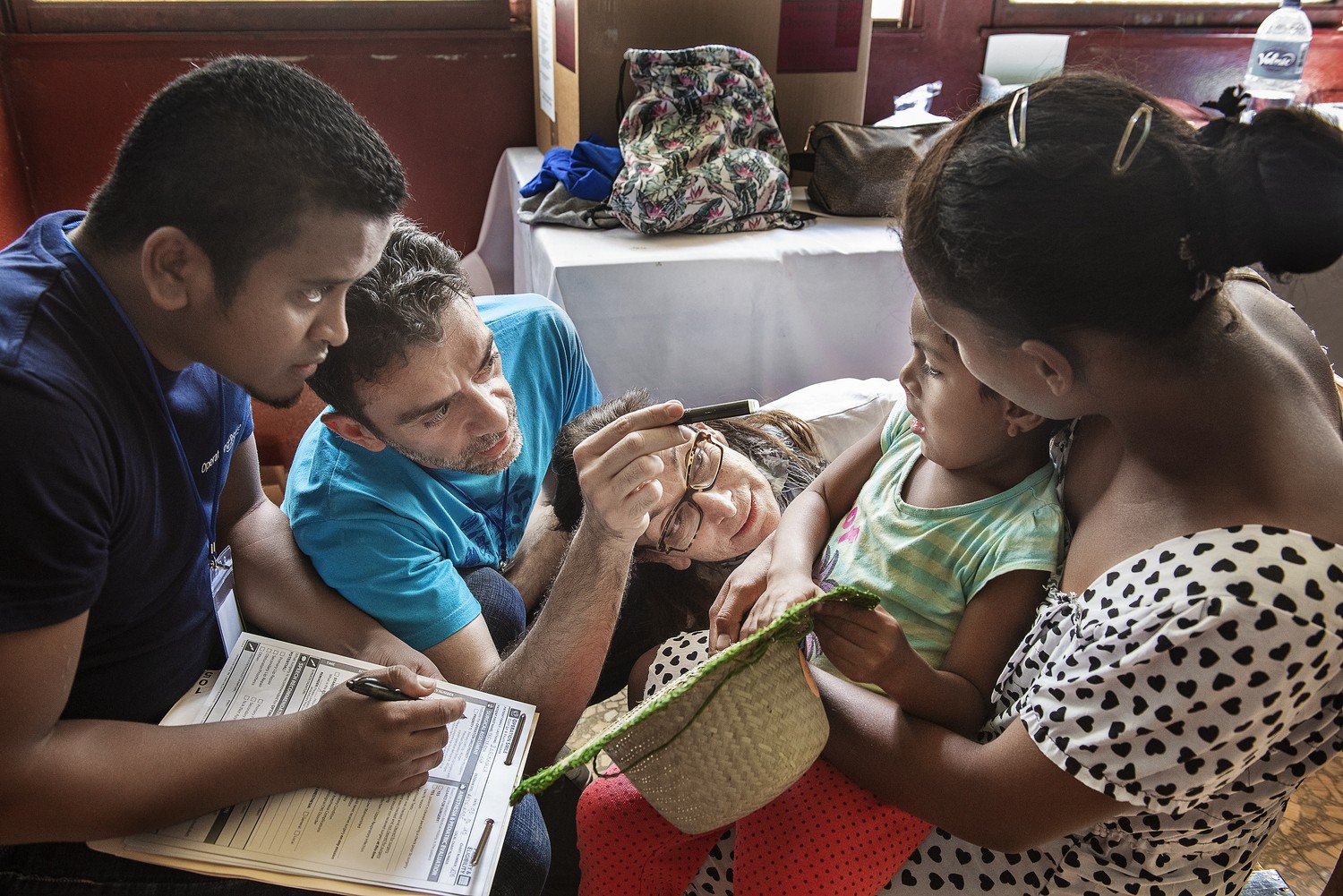
Q: Who were your CSTP mentors? Could you tell us more about your relationship with them and how they worked with you?
A: “My mentors are Drs. El Hassan Boukind (Morocco), Christie Smit (South Africa), Beto Herrera Ruelas, Desi Mwepu (Democratic Republic of the Congo), Irene Tangco (Philippines), David Chong (Australia), and Pernille Lindholm (Denmark).
“With my mentors, we got along well. They shared with me their techniques, some tips and even the way of life for a plastic surgeon. Everyone has their own pedagogy, but it is not difficult to adapt. They have become both friends and family to me. I will never forget them.”
Q: What are the skills that you feel the program helped you most improve?
A: “The CSTP helped me a lot in terms of precision and accuracy. My mentors taught me the principle of flaps and suturing techniques in plastic surgery and to have soft hands with each gesture. In short, the CSTP also helped me develop skills in general surgery because, currently, I practice them in every operation.”
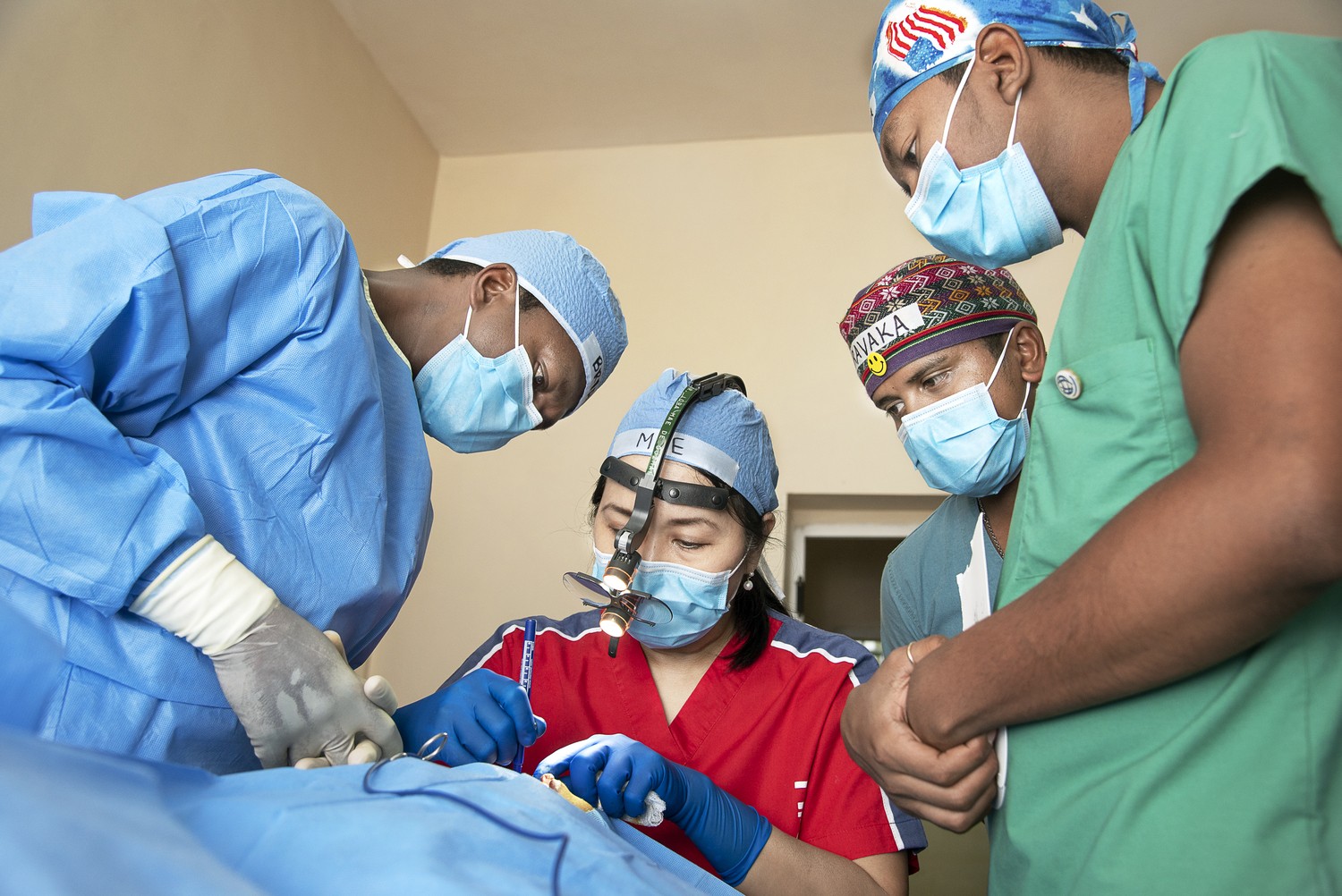
Q: Could you share one of your most powerful or poignant experiences with a patient/family while training? After graduation?
A: “When I graduated, during the last mission before COVID-19 lockdowns in February 2020 in Antsirabe, I had a case of incomplete bilateral cleft lip in a 19-year-old girl from Mananjary in the southeast of Madagascar who had a lot of difficulty in her social life and in her studies. I operated on her cleft lip while she was under local anesthesia (older patients can received cleft lip surgery with an anesthetic injected at the surgical site, similar to how anesthetics are used for dental procedures). She was very good during the operation; I always spoke to her throughout the operation.
“When we were done, she was really happy when I showed her a photo of her new smile. She couldn't smile right away, but her tears flowed when seeing her photo. The next day, I saw her, she insisted on taking a picture with me. Six months after, Operation Smile decided to do mobile postoperative checks, and I was among the team going. I had the opportunity to meet my patient and her family in Mananjary, the result is impeccable. There, I asked her why she was really good during the operation and she replied that she just wanted to have a smile like the others and to be able to live without problems.”
Q: What would you say to another Malagasy surgeon who would be interested in joining the CSTP?
A: “To Malagasy surgeons who wish to join the CSTP, it is a very interesting program in which we acquire a lot of skills not only in plastic surgery but in all types of surgical management. Good luck and work hard. The Malagasy people are waiting for us and need our support.”
Q: Why are you passionate about practicing cleft surgery in Madagascar?
A: “Given the high number of cleft cases in Madagascar, I want to give hope and a smile to the lives of these people … I am very passionate about plastic surgery. God gave me all the assets to do it.”
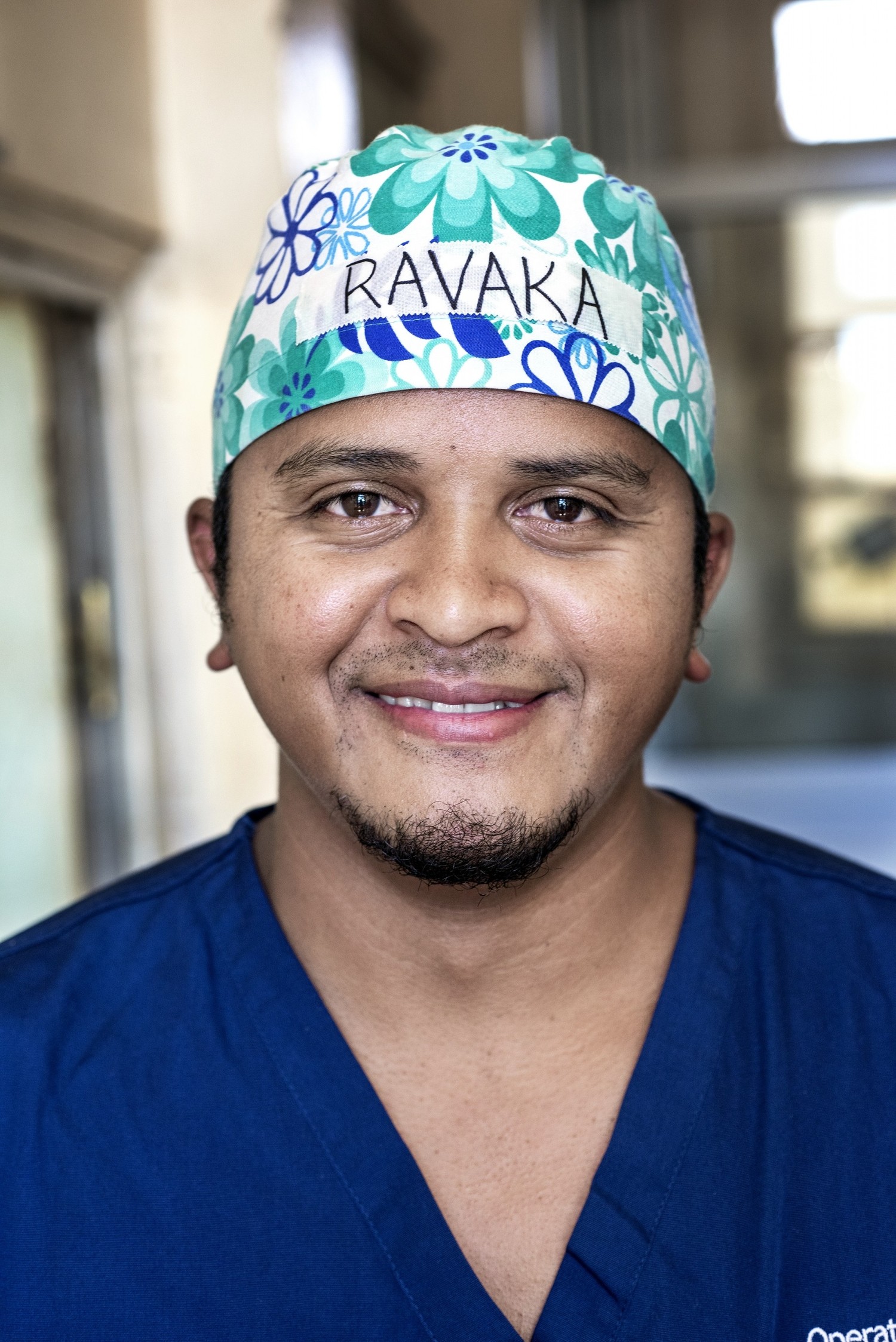
Latest Stories
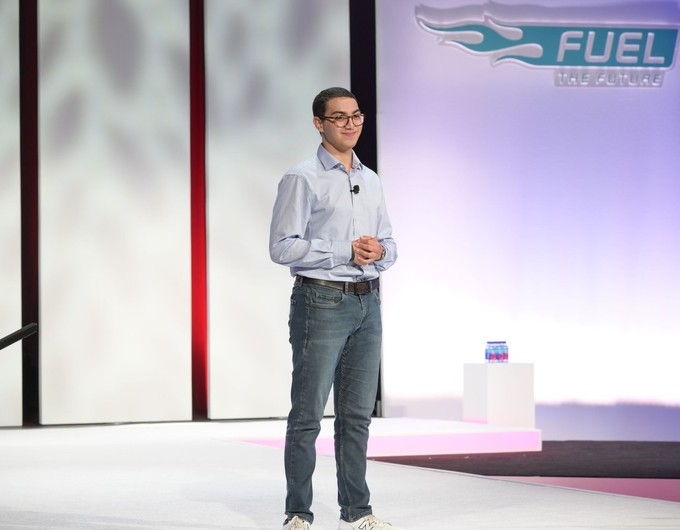
A Former Patient, Aymane Now Shares His Story

What is Operation Smile's Nutrition Program?
